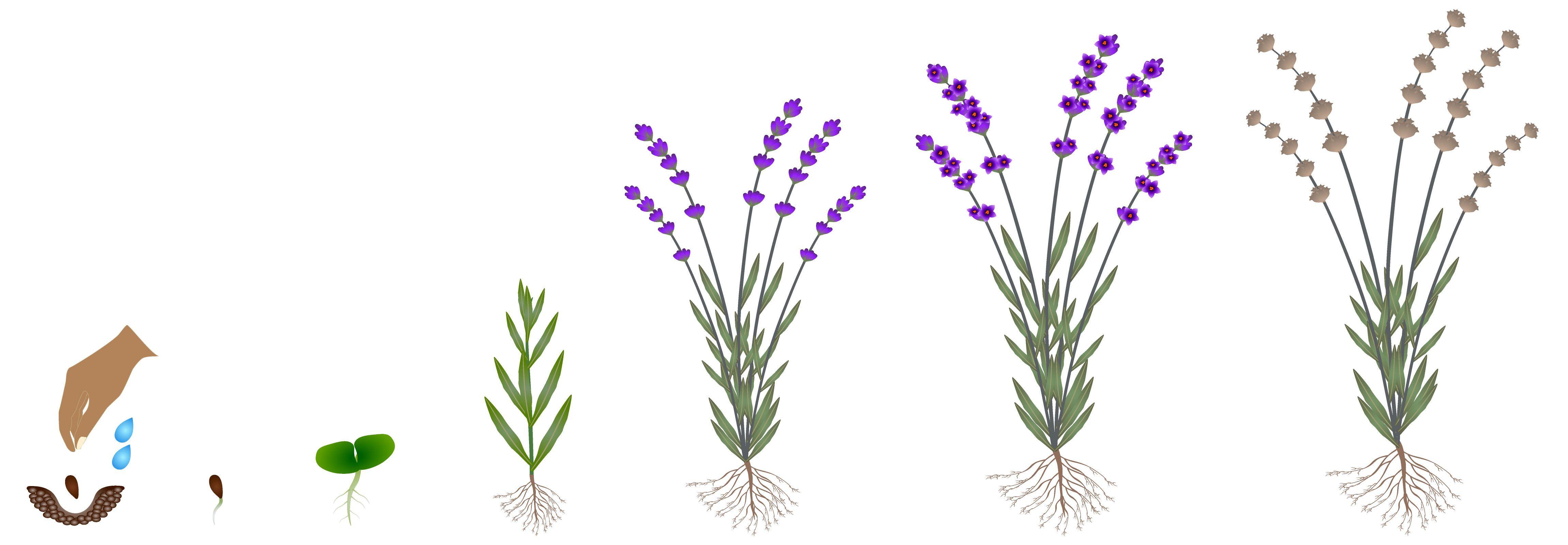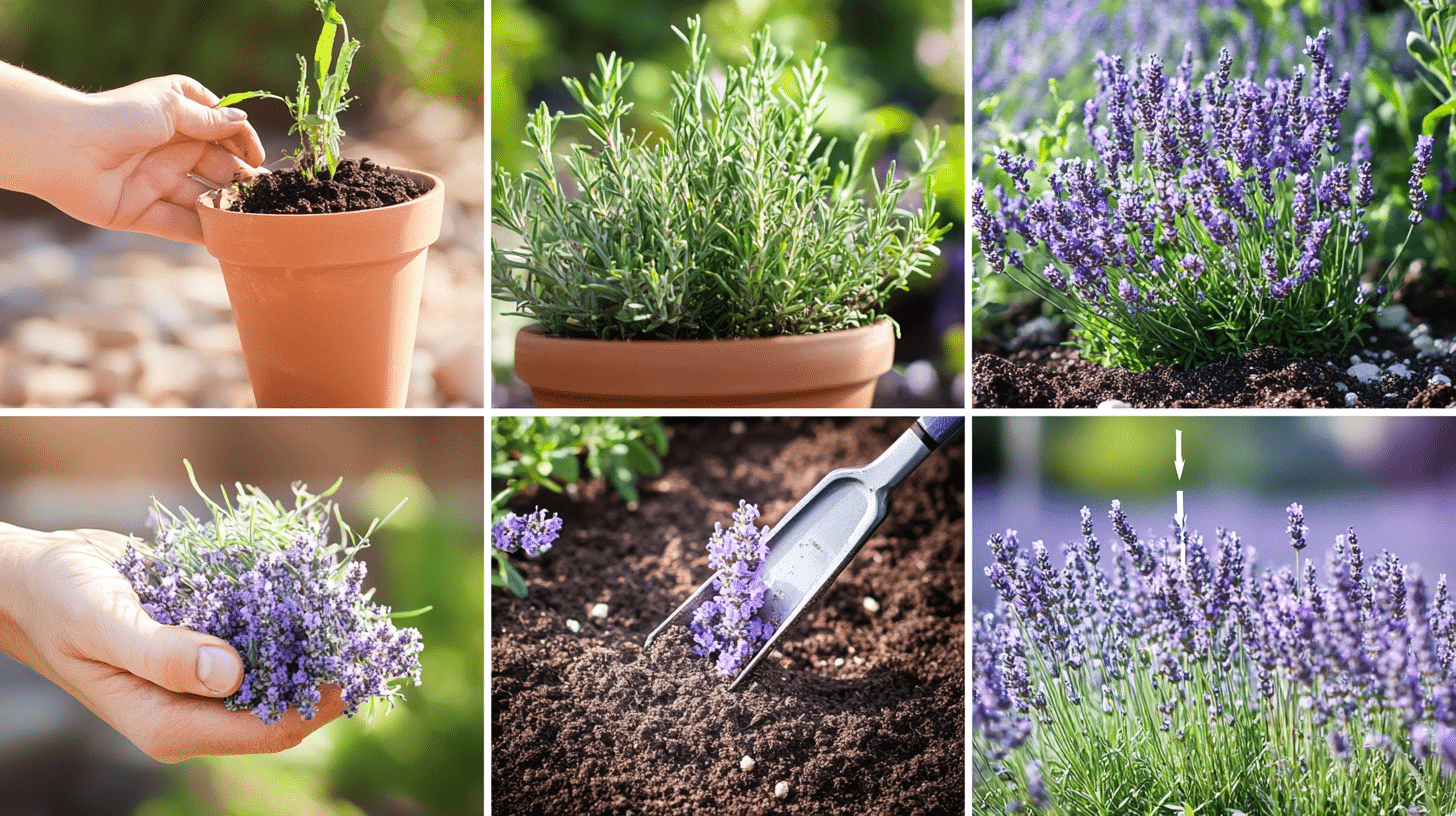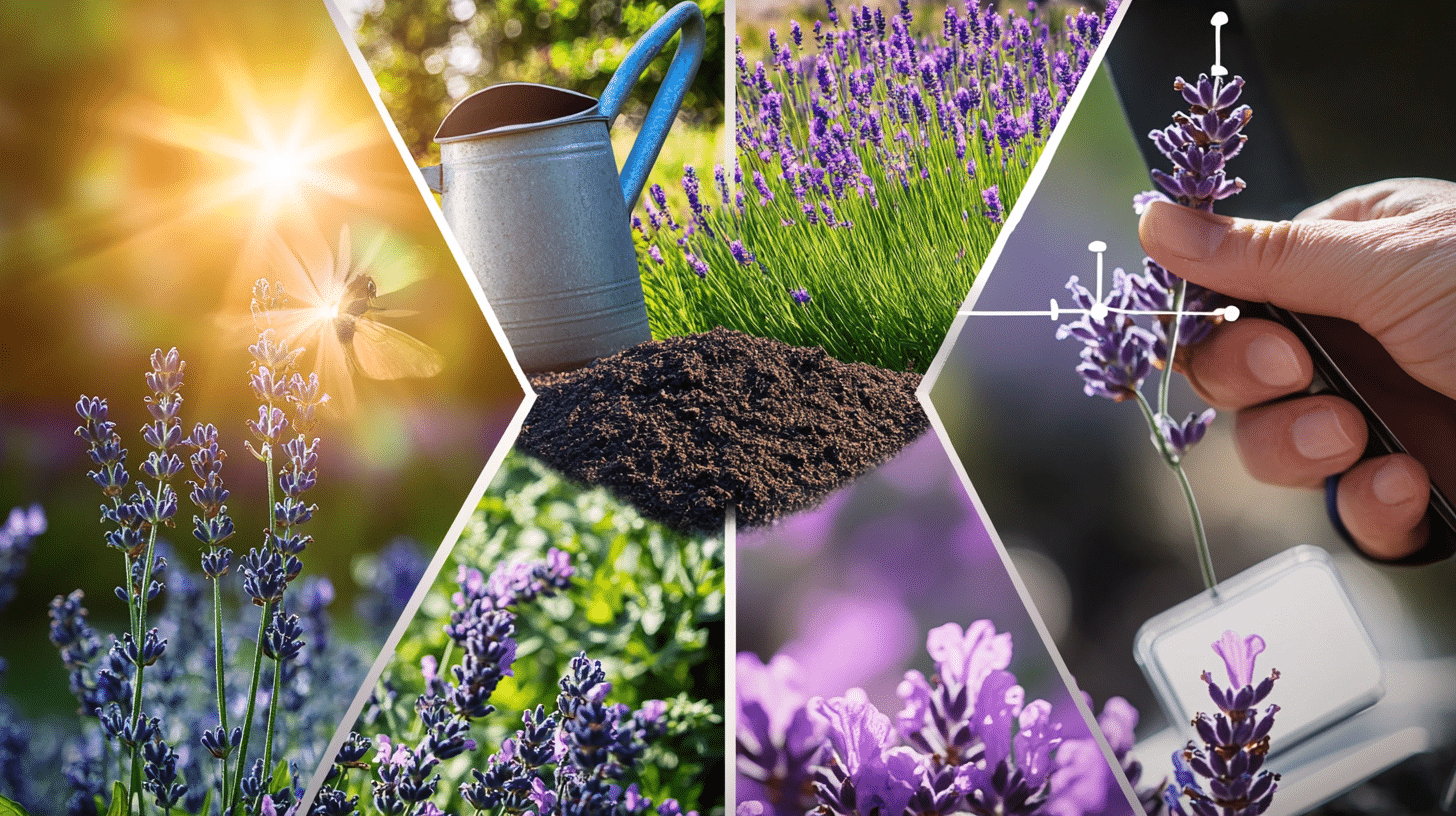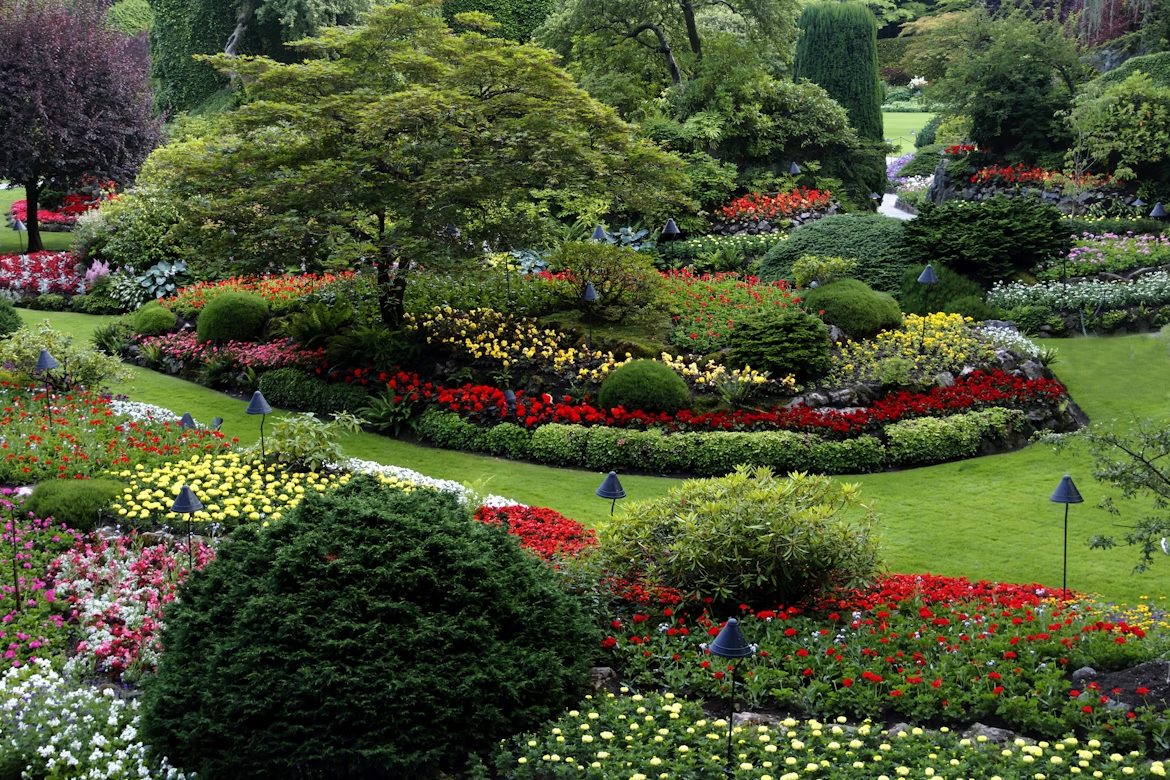Does Lavender Spread and How to Manage It
Lavender is a beloved plant known for its calming scent and beautiful blooms, but many gardeners wonder: does lavender spread?
In this blog, we’ll learn everything you need about lavender’s growth habits and how to manage it in your garden. Here’s what you can expect:
- A quick answer to whether lavender spreads and why it happens
- Tips on how to control lavender from overtaking your space
- Simple techniques to encourage healthy lavender growth and blooms
- An overview of different lavender varieties and their spreading tendencies
- Step-by-step advice on planting lavender for the best results
Whether you’re a beginner or a seasoned gardener, these insights will help you enjoy lavender’s beauty without worrying about it taking over your garden. Let’s get started!
Quick Facts About the Lavender Plant
| Characteristic | Details |
|---|---|
| Scientific Name | Lavandula |
| Common Types | English Lavender, French Lavender, Spanish Lavender |
| Height Range | 30 cm to 90 cm (1 to 3 feet) |
| Spread Range | 60 cm to 120 cm (2 to 4 feet) |
| Blooming Season | Late spring to early summer |
| Flower Colors | Purple, lavender, pink, white |
| Ideal Growing Conditions | Full sun, well-drained soil (preferably sandy or gravelly) |
| Watering Needs | Low to moderate, prefers dry conditions |
| Hardiness Zones | USDA Zones 5 to 9 (varies by variety) |
| Common Uses | Aromatherapy, Culinary, landscaping, crafts, essential oils |
| Companion Plants | Roses, rosemary, sage, thyme |
| Pests & Diseases | Resistant to most pests, it can be affected by root rot in poorly drained soil |
Does Lavender Spread? Here’s What You Need to Know
Lavender can spread, but it’s not a fast grower. Most lavender plants form neat clumps that slowly grow larger over time. The amount of spread varies by lavender type and growing conditions.
English lavender often grows wider, reaching up to 24 inches across. French and Spanish lavenders tend to stay more compact. If left untrimmed, all types will gradually increase in size each year.
Lavender spreads in two main ways:
- Root growth: The plant’s root system expands underground.
- Self-seeding: Lavender can drop seeds that grow into new plants.
Despite these spreading methods, lavender rarely becomes a problem in gardens. Its growth is typically slow and manageable, and you can easily control its spread and shape with basic care.
Understanding how lavender grows helps you plan your garden better. You can space plants correctly and choose the right spots for them. This knowledge also enables you to maintain your lavender plants effectively.
Understanding Lavender Growth Habits
Lavender plants have unique growth patterns. These habits affect how they spread and grow in your garden.
Lavender’s growth habits come from its native habitat. It grows wild in dry, sunny areas with poor soil. This tough environment shaped how lavender grows:
- Slow growth: Lavender grows slowly to save energy and water.
- Compact form: The plant stays small to protect itself from harsh winds.
- Deep roots: Long roots help it find water in dry soil.
These traits make lavender great for gardens. It doesn’t need much care and stays neat without lots of pruning.
The Life Cycle of a Lavender Plant

Lavender goes through several stages as it grows:
- Seedling: A tiny plant sprouts from a seed. This takes about two weeks.
- Young plant: The lavender grows larger and forms a mound shape. This lasts 1-2 years.
- Mature plant: The lavender reaches full size and blooms fully. This happens around year 3.
- Peak: The plant is at its best, with lots of flowers. This can last several years.
- Aging: The plant may get woody and produce fewer flowers. This usually starts after 5-7 years.
Knowing these stages helps you care for your lavender. You can adjust your care as the plant grows and changes.
Understanding how lavender grows lets you work with its natural habits. This makes keeping your lavender healthy and looking good in your garden easier.
Varieties of Lavender and Their Ability to Spread
| Lavender Variety | Growth Habit | Spread Rate | Ideal Growing Conditions | Common Uses |
|---|---|---|---|---|
| English Lavender (Lavandula angustifolia) | Compact, bushy growth | Moderate | Full sun, well-drained soil (Zones 5-8) | Essential oils, culinary |
| French Lavender (Lavandula dentata) | Tall with larger, toothed leaves | Fast | Full sun tolerates poorer soils (Zones 8-11) | Ornamental, landscaping |
| Spanish Lavender (Lavandula stoechas) | Dense and upright | Slow to moderate | Full sun, well-drained soil (Zones 6-9) | Ornamental essential oils |
| Lavandin (Lavandula x intermedia) | Larger hybrid variety | Fast | Full sun, drought-resistant (Zones 5-9) | Essential oils, sachets |
| Portuguese Lavender (Lavandula latifolia) | Larger, wild habit | Moderate to fast | Full sun tolerates poor soils (Zones 6-9) | Ornamental, medicinal |
| Goodwin Creek Lavender (Lavandula x ginginsii) | Compact, silvery leaves | Moderate | Full sun, well-drained soil (Zones 6-10) | Landscaping, potpourri |
| Hybrid Lavender (Lavandula hybrida) | Vigorous and taller | Fast | Full sun, drought-tolerant (Zones 5-9) | Essential oils, crafts |
Which Lavender Varieties Are Fast Spreaders?
Among lavender types, lavender spreads the fastest. It’s a hybrid of English and spike lavender. Lavandin can grow up to 40 inches wide.
English lavender is next, with a moderate spread. It can reach 24-36 inches across.
French and Spanish lavenders spread more slowly. They usually stay under 24 inches wide.
Woolly lavender spreads the slowest. It forms tight, compact mounds.
Remember, even “fast” spreading lavenders grow slowly compared to many garden plants. With basic care, you can easily manage their spread.
Tips for Managing and Controlling Lavender Spread

Lavender’s slow growth makes it easy to manage. Here are some ways to keep it in check:
How to Keep Lavender From Taking Over Your Garden
- Plant in containers: This limits root spread.
- Use barriers: Put plastic or metal edging around lavender beds.
- Regular trimming: Cut back plants after flowering.
- Remove seedlings: Pull out any unwanted new plants.
These simple steps help you control where lavender grows in your garden.
Mulching and Spacing Tips for Control
Mulching and proper spacing help manage lavender:
- Mulch with gravel: This stops seeds from reaching the soil and sprouting.
- Space plants well: Leave 2-3 feet between lavender plants.
- Use landscape fabric: Put this under mulch to stop seed growth.
Good spacing also helps airflow, keeping plants healthy.
Why Proper Pruning Helps Control Spread
Pruning does more than shape your lavender:
- Stops seeding: Cutting flowers before seeds form limits spread.
- Keeps plants compact: Regular pruning prevents plants from getting too big.
- Promotes bushy growth: Pruning encourages growth in the center, not outward.
Prune in late summer after flowering for best results.
Encouraging Lavender to Spread and Bloom

Want your lavender to grow more? Try these tips:
Simple Tips to Help Your Lavender Thrive
- Give it sun: Lavender loves full sunlight.
- Don’t overwater: Lavender prefers dry conditions.
- Use poor soil: Rich soil makes lavender grow poorly.
- Add lime: Slightly alkaline soil helps lavender grow well.
These steps create the right conditions for healthy lavender growth.
How to Prune for a Fuller Lavender Plant
Pruning helps lavender grow fuller:
- Cut back by one-third after the first flowering.
- Trim lightly in early spring to shape the plant.
- Don’t cut into old wood – lavender may not regrow from it.
- Make cuts just above the leaf nodes to encourage branching.
Regular, gentle pruning keeps lavender full and healthy, promoting more blooms and a nice shape.
Conclusion
Lavender’s gentle spread adds beauty to gardens without causing trouble. By understanding its growth habits, you can create your desired garden with this lovely plant.
Whether you aim to control its spread or help it grow, simple steps like proper spacing, pruning, and soil care make a big difference. Remember, lavender grows slowly, so patience is key.
Each type of lavender has its charm and needs, offering many ways to enjoy its purple blooms and sweet scent.
With our shared tips, you’re ready to nurture your lavender plants. As you tend to your lavender, you’ll find joy in its growth and the life it brings to your outdoor space.







